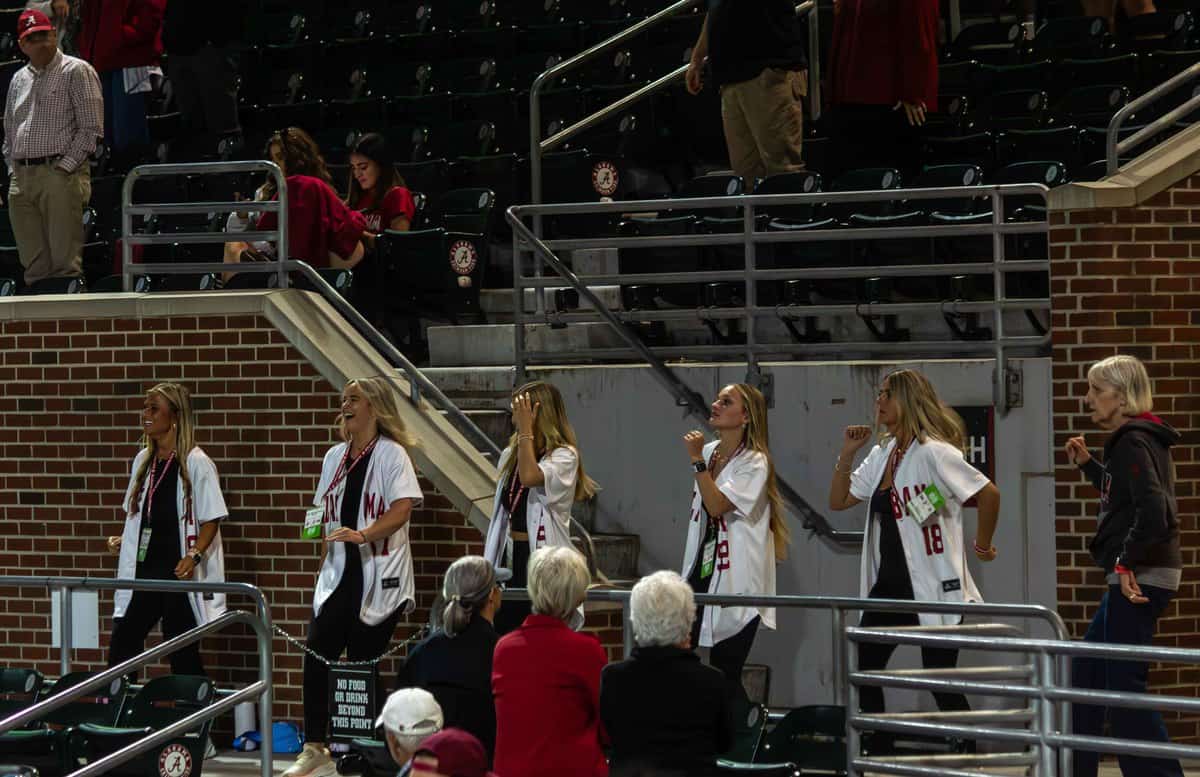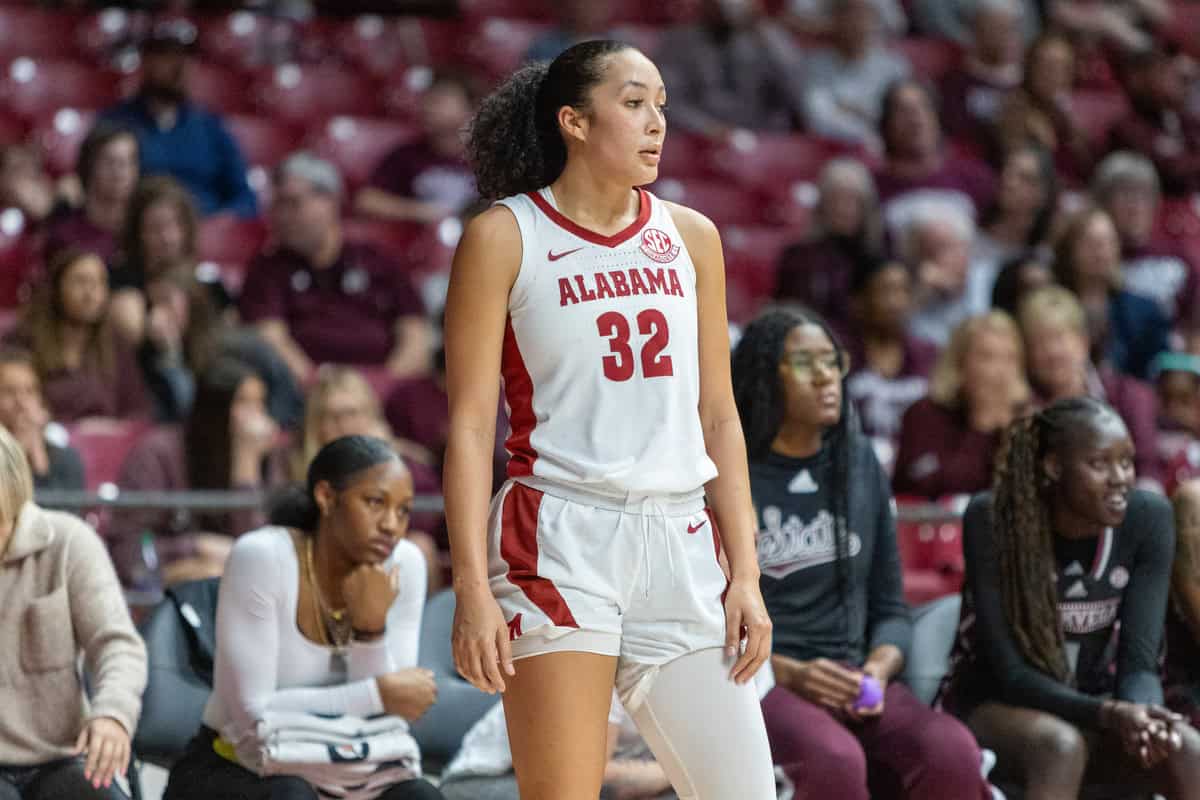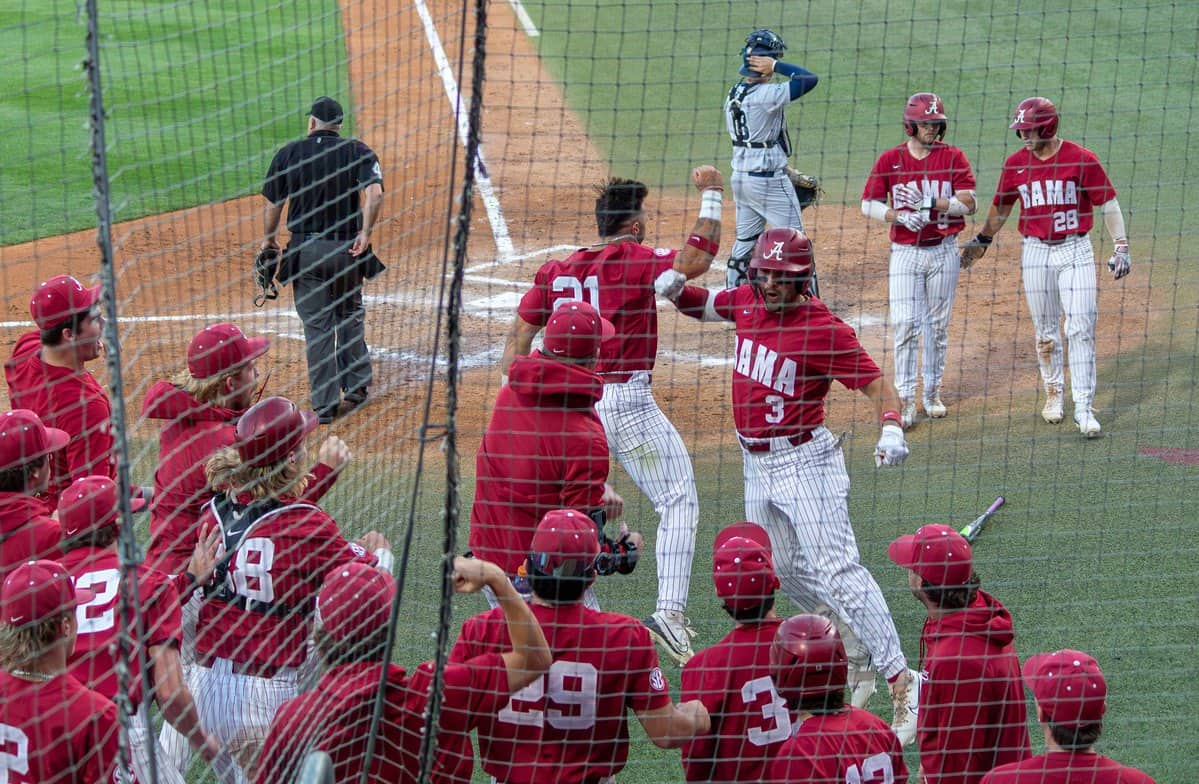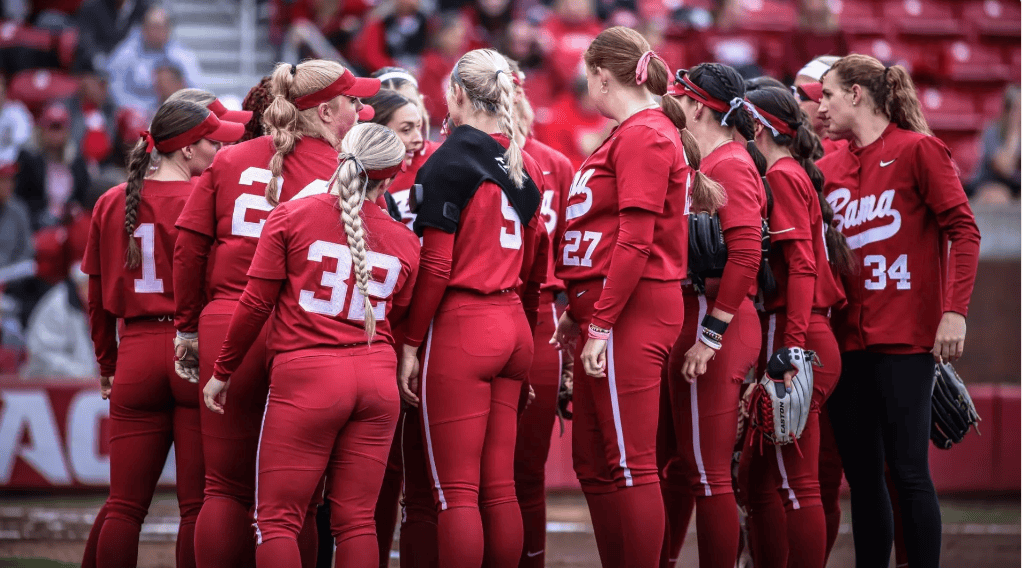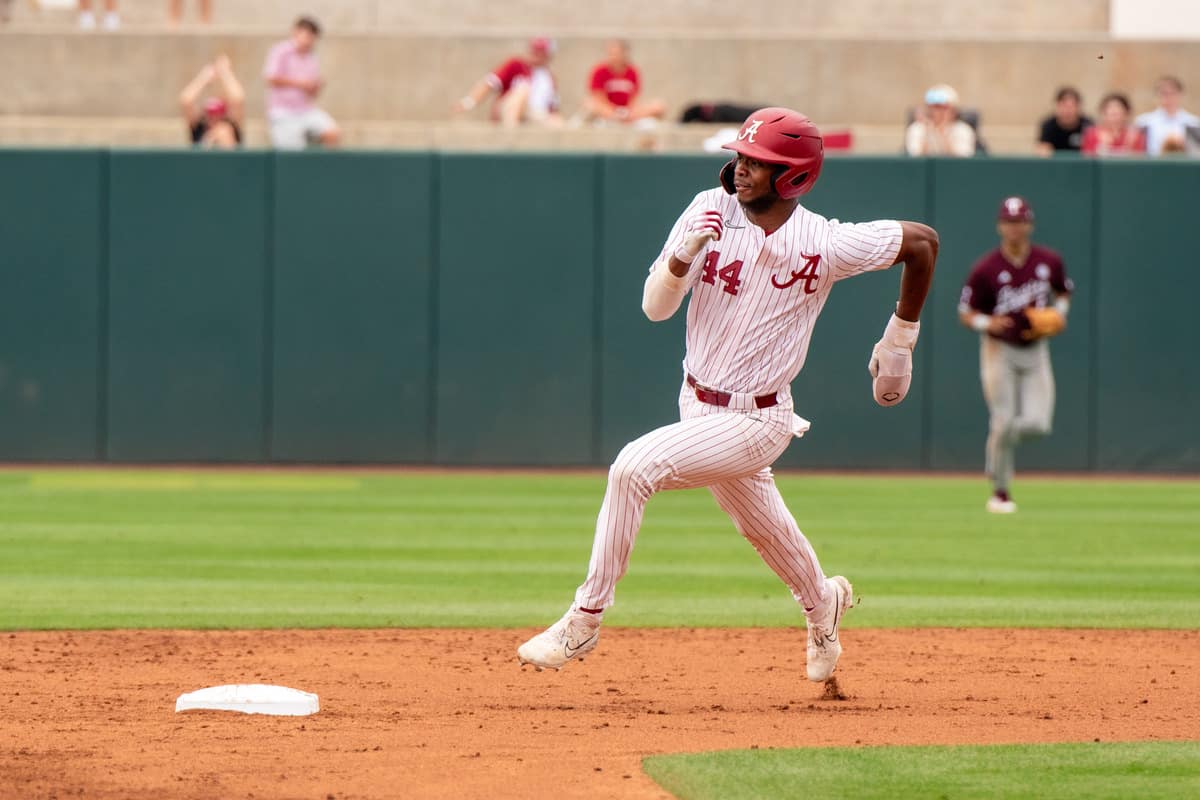Down 23-17 midway through the third quarter, Ole Miss quarterback Bo Wallace scans the middle of the Texas defense. Texas is in a basic Cover 2 man-to-man defense out of its nickel package countering the Rebels’ three-wide shotgun formation. The Longhorns had prioritized defending the middle and forcing the Rebels out wide for most of the game, but Ole Miss running back Jeff Scott had been burning the defense on the outside, and Texas’ linebackers had started cheating to the outside. Therefore, when the ball snaps, Wallace fakes the handoff to Scott on the outside, and with the linebackers cheating to stop the run, Wallace sprints through the seam in the middle for an easy 15-yard touchdown.
What makes that read-option so difficult to stop – and Nick Saban and Kirby Smart’s problem to solve Saturday – is that the sheer amount of options makes it so there isn’t one defense that specifically works well against it. On any given play Wallace can hand the ball off, run it himself or throw it. If you load up the box with an extra safety, then Wallace can throw the ball up the middle. Have a nickel corner spy on the edge, and an extra receiver is left open on the outside. Attempt to control the middle of the field, and the running back can blow by defenders on the edge. And if the defense tries to defend the edge too heavily, the offense can run it up its throat.
Hugh Kellenberger, a beat writer for the Jackson Clarion-Ledger, said while there isn’t one way to stop the read-option, teams that have success defending it tend to have great athletes and win the fight in the trenches.
“I don’t know if there is an exact answer except having the athletes,” Kellenberger said. “I don’t know if there is really a schematic thing you do. Every move a defense makes, there is an adjustment that Ole Miss can make that it has proven it can execute. So really it’s stopping the read-option, and when teams have done it, it’s been about beating their linemen at the line of scrimmage.
“If you have good linemen or linebackers that can cause disruption in the backfield pretty quickly, then that is how you stop the read-option.”
What makes Wallace and the Rebels’ read-option more of a threat than most is the nature of its three-wide receiver set. There are always multiple passing options between the three receivers and the tight end, and this makes it harder for defenses to stack up in the box and are forced to stay more spread out. From there it comes down to making the right reads, and Wallace has shown in the first three games he is more than capable.
“What makes their read-option more dangerous than others is Bo Wallace disguising who is going to get the ball,” Kellenberger said. “Bo isn’t exactly a fantastic runner, but because he can hold it until that last possible second, it gives him little bit more freedom to move when he does pull the ball back and run it himself.”
What has been surprising so far this year isn’t just Wallace’s success running the read-option but his ability as a run threat. Bob Lynch, writer for Red Cup Rebellion, said part of the Rebels’ success in the read-option is due in part to the fact that Wallace isn’t respected as a runner.
“I think the reason it has worked as well as it has is that I think a lot of defensive coordinators don’t believe Bo Wallace is a credible runner at quarterback,” Lynch said. “A lot of people when they think read-option, they think Pat White under Rich Rodriguez or Denard Robinson at Michigan also under Rodriguez. They don’t really associate it with a tall, kind of lanky guy who runs like a wounded deer. I think that’s why it’s worked early for Ole Miss because defenses haven’t keyed on Wallace.”
His rushing threat won’t go unnoticed by the Crimson Tide defense. Junior safety Ha Ha Clinton-Dix said stopping Wallace will be a great challenge this weekend.
“He’s a big, physical runner and a thrower,” Clinton-Dix said. “He’s tough to tackle.”
Historically, Alabama’s defense under Saban and Smart has attempted to counter the read-option with a Cover 1 man-to-man defense with a safety in the box. Expect a lot of “force” calls by Smart, which means the defensive end crashes inside to force the option wide, and the linebacker covers the defensive end’s spot, with the safety watching the quarterback.
A strength Ole Miss may be able to play off Alabama’s man coverage is the blocking ability of the Rebels’ receivers. Junior Donte Moncrief and freshman Laquon Treadwell are both 6 feet 3 inches tall and have shown in the first three games that they can dominate cornerbacks on the perimeter, and with the uncertainty in Alabama’s secondary at cornerback, this could be a major advantage for the Rebels. Lynch expects the Rebels offense to capitalize on this with many runs to the outside.
“I do expect to see a lot of man, which one thing that Ole Miss receivers are really good at is blocking on the edge,” Lynch said. “So I expect to see a lot of sweeps out of the zone read, speed sweeps, jet sweeps, to see if they can move the ball to the edge of the field. If they are manned up, might as well take advantage of the receivers as extra blockers.”
With as much as hype and complexity that are surrounding the read-option, in the end it comes down to two simple things: having each player stick to his own assignment and making the right decision on the play. From there it’s just about having Alabama’s players make the stop.
“The point of the offense is essentially giving the quarterback three choices to make and hoping he picks the right one,” Lynch said. “Defensively if you have good athletes that play smart, disciplined football, then that’s how you stop it.”

